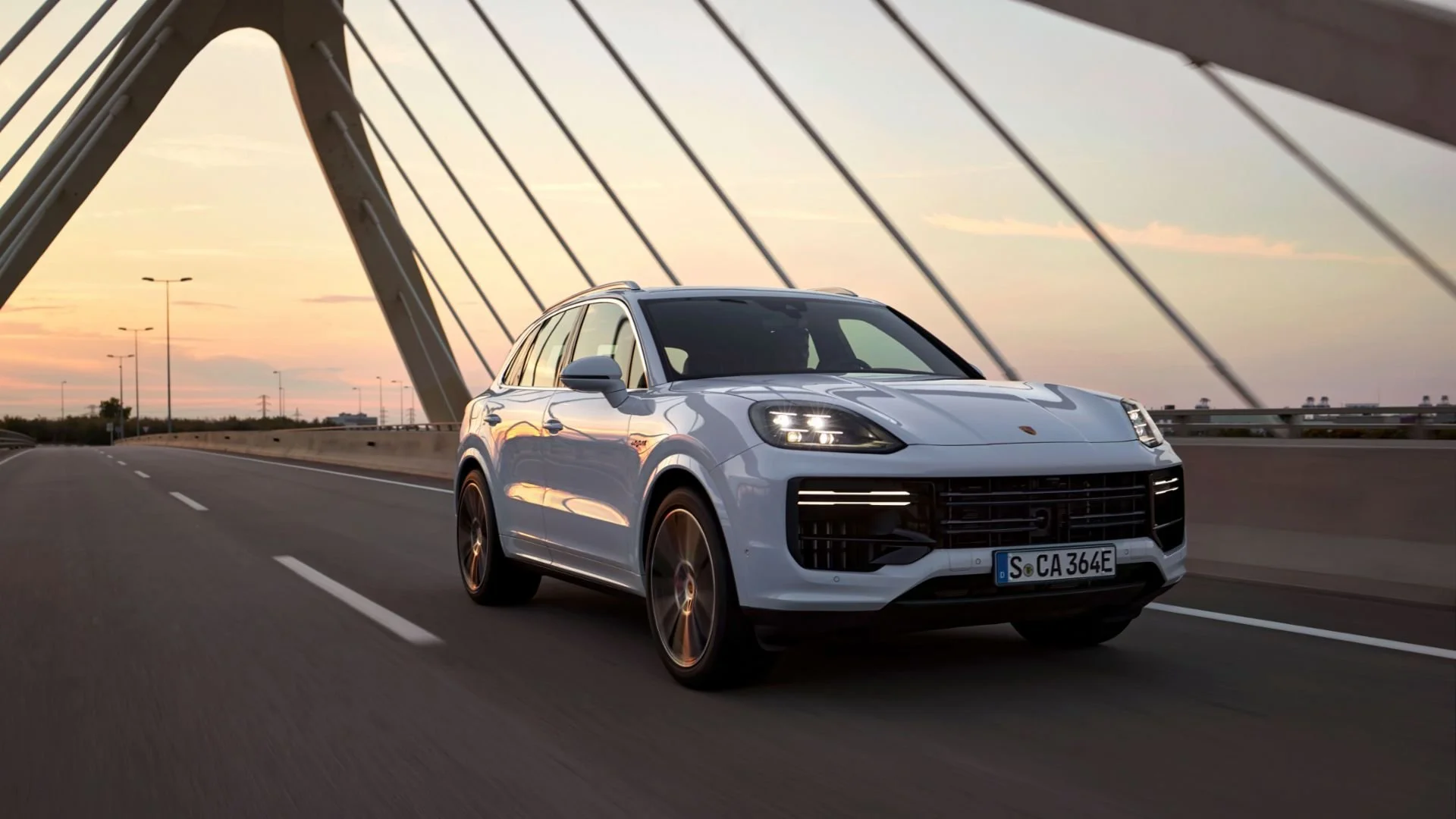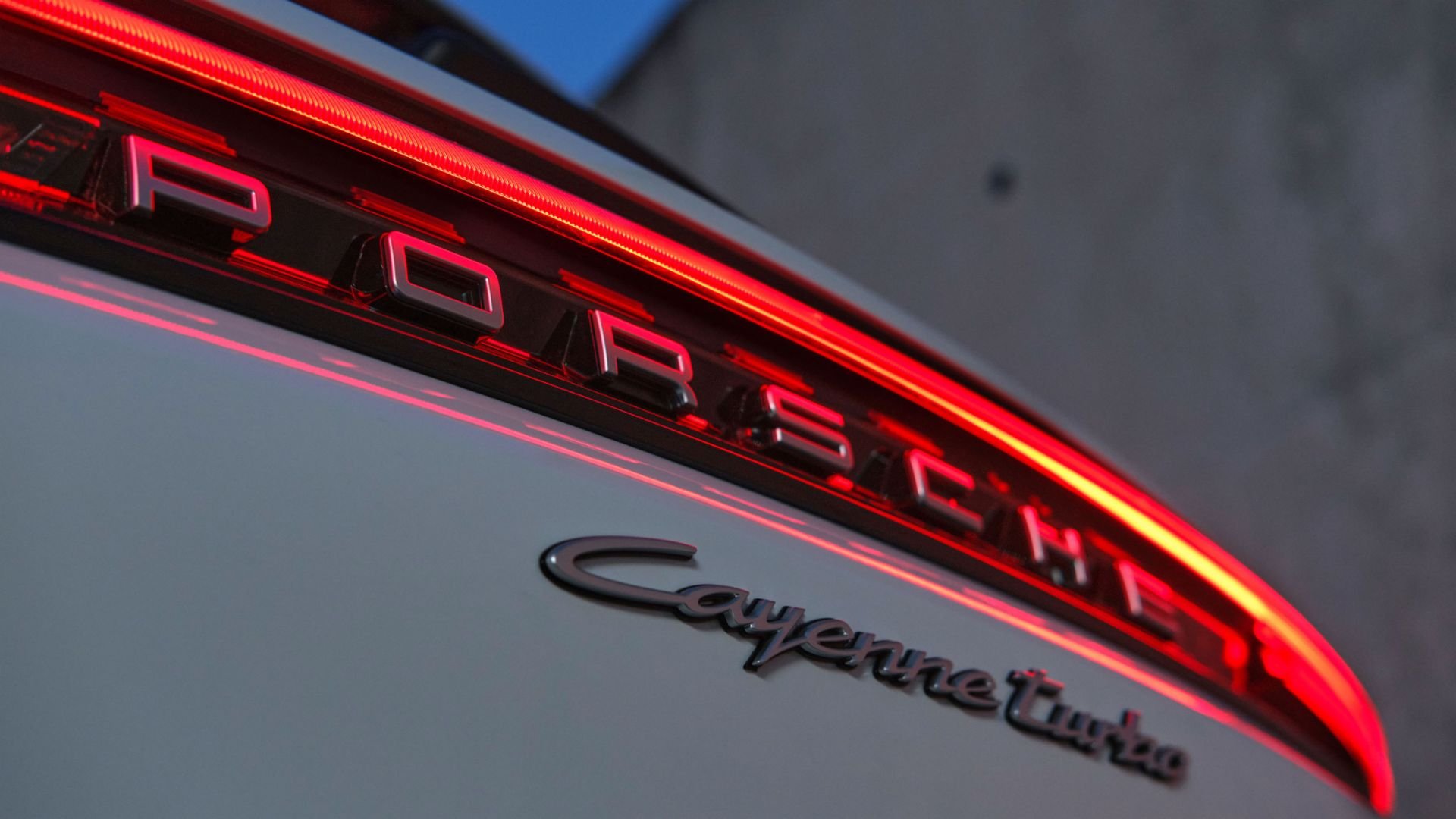PHEV peps up Cayenne flavour
/Days when a giant V8 alone would do are gone.
FULL phat and, of course, a commensurately fat price tag - that’s the outcome of Porsche taking its largest, lardiest model and giving it more power than it’s previously ever coped with.
The Turbo E-Hybrid is the latest plug-in hybrid edition and the gruntiest, having been meted an “extensively reworked” 4.0-litre twin-turbo V8 partnered with an electric motor. The engine develops 441kW alone and, when partnered with the 130kW electric motor, the end result is a combined power output of 544kW and 950Nm of torque.
Other numbers being thrown around? A 0-100kmh time as low as 3.7 seconds, a top speed of 295kmh … and an asking price of $309,000 for the sports utility version and $316,300 for the Coupe.
Compared to its predecessor, the new Porsche Cayenne Turbo E-Hybrid offers considerably greater electric range and shorter charging times.
The electric side feeds from a now 25.9kWh battery that can deliver, in optimal conditions - likely requiring a feather-light driving feel - electric range of 82km. Thanks to a new 11kW charger, charging time has been shortened to under two-and-a-half hours.
To stand out from the regular editions of the Cayenne, which revealed earlier this year, the Turbo E-Hybrids achieve distinctive front-end styling, with enlarged cooling air intakes. They also sport twin exhaust pipes and red brake calipers. Adaptive air suspension featuring a new two-chamber, two-valve technology is standard.
aluminium inlays in the dashboard and the door panel trims highlight the heightened focus on performance. The roof lining is covered in Race-Tex, a microfibre material that partially consists of recycled polyesters.In other words, a material that’s similar to Alcantara that isn’t Alcantara.
Standard equipment includes a heated GT sports steering wheel, a mode switch for fast and direct selection of the desired driving mode, and 18-way adjustable leather sports seats, with 14-way adjustable leather comfort seats available as an alternate.
First arrivals are expected late this year, all going well, otherwise early next year.


















